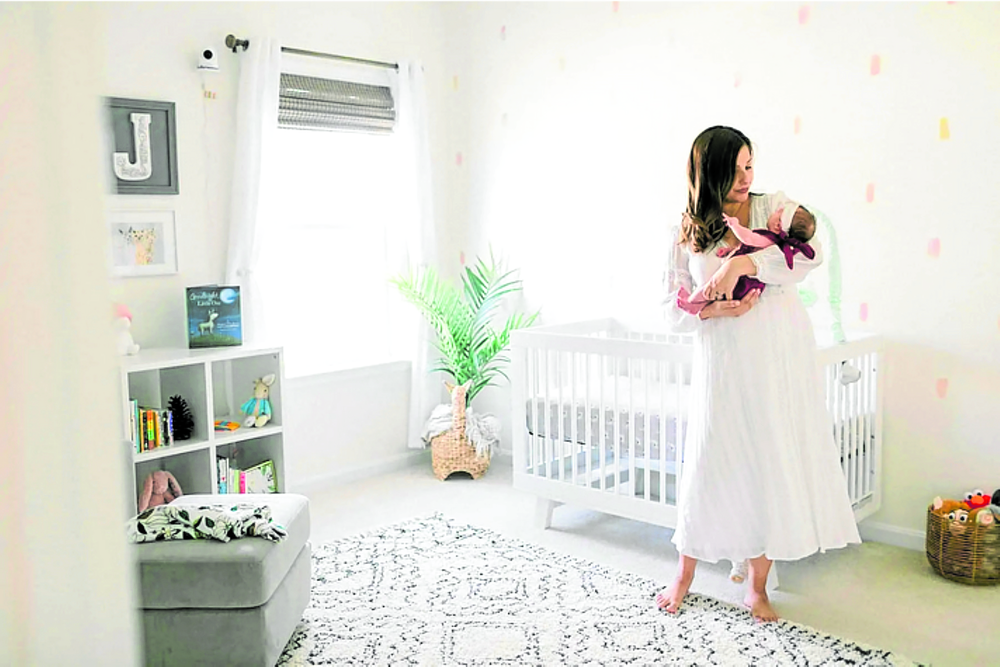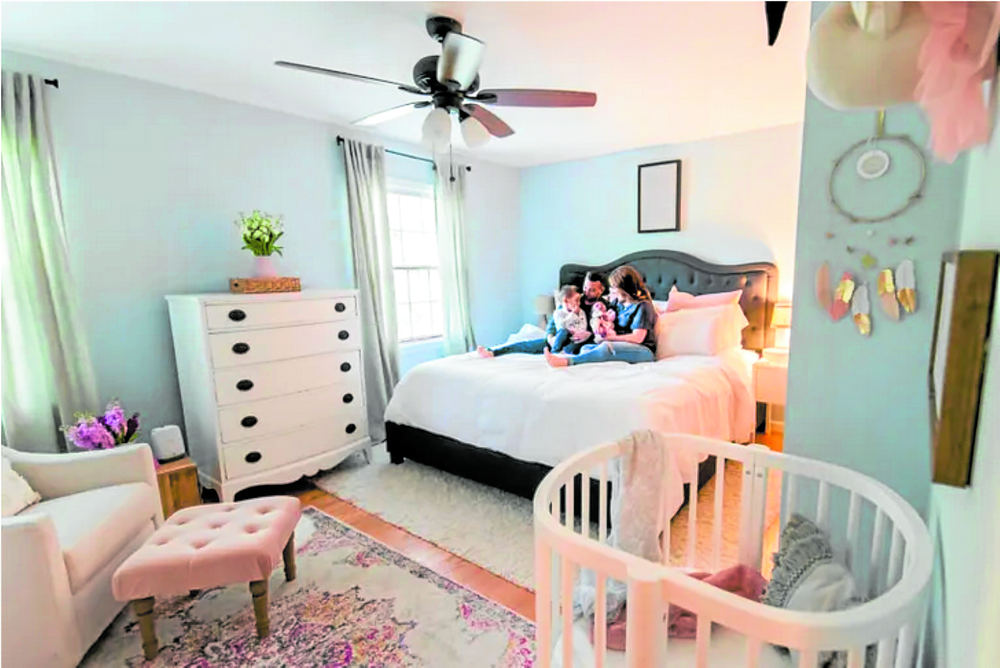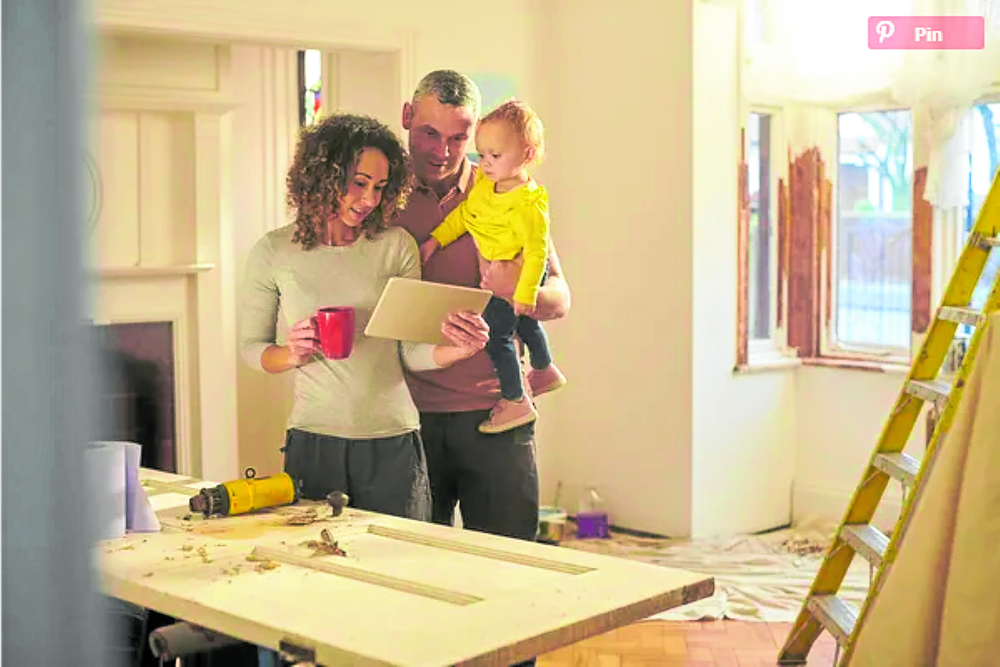Homes form a most basic part of our identity. Who we are and how we see the world are greatly influenced by the architecture of our homes.
A basic need
The history of humanity is built around places that we domesticate as our homes. Shelter is one of our most basic needs—more basic than food even. Before we discovered farming and agriculture, we built homes. We forget this sometimes in a tropical country, but human beings cannot survive without shelter.
A home can take on a great variety of forms. Growing up, my childhood home was an old wooden house where all the bedrooms opened into the dining room. The dining room was the unavoidable center of our home that you had to pass through every day. It was a home where food became the center of daily life.
The most primitive homes in the form of caves were personalized and decorated by early men. We decorate spaces to domesticate and make them our own. When we move to a new office table, the first thing we do is to claim that space by personalizing it with our things. When we travel and stay in hotels, we place our clothes and personal items to make the room fit us.
We domesticate spaces because they make us feel safe. They allow us to see how space becomes a part of us.
Infusing a space with soul
The industrial revolution led to mass production and the loss of handcrafted homes.
Now, we build towers and apartment blocks lacking the elements that provide us with valuable touchstones which create the memories forming our identity. We build villages and residential subdivisions with mass produced homes that come out of catalogues. This has made the process of homemaking a monumental task, and has created mental disorders that are rooted in the lack of a stronger identity anchored on a home with a soul.
Architecture matters because every home matters. Art and craft are necessary to infuse a space of wood, stone, or steel with soul. The language that brings in light and fresh air, that communicates life, is not a metaphor for architecture. It is the very matter of it, the substance that shapes how we live, eat, and build a family.
Human beings are uniquely fragile creatures. Our infant years are filled with many anxieties and dangers. It is a primal struggle against the darkness and the unknown, but mitigated by the domestication of our personal spaces. We need a space familiar enough to call our own for our entire lives. It is a basic human right to have a home.
With love and care
The human situation requires us to build homes for our survival. But homes are not built by human hands, nor are they designed by the best architectural minds.
Our homes, ultimately, are our mothers. They are the beings who imbue our homes with a soul. However old or young you are, wherever life may bring you, you are anchored to your mother. Home is Mom. From the moment we are conceived, the womb is the place we yearn for—a breathing and living space imbued with love and care.
I travel the world and move around with an intensity that surprises myself most of the time. I eat, breathe, and live architecture, crafting homes with my mind and my hands. But home is always the place where my wife is—the mother of my child, the mother of the family we have built.
So this Mother’s Day, I hope you can find your home and remember that the entire collective will of humanity has built cities and nations, all in search of a safe and secure home that our mothers have innately built for every single one of us. Happy Mother’s Day!
Design exploration requires the input of everyone in our community. We invite everyone to come join our explorations on the human environment. Join us on Instagram @wtadesignstudio and @entrari.
We domesticate spaces because they make us feel safe.





